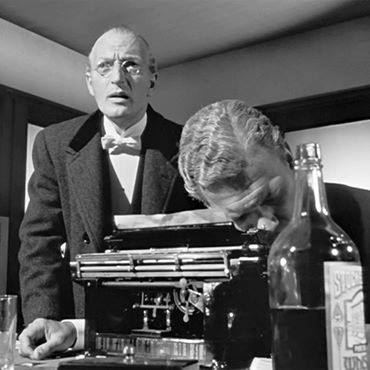In today’s Wall Street Journal “Sightings” column, I discuss the problem of critical error—and how unconscious prejudices often contribute to it. Here’s an excerpt.
* * *

Critics like to think their opinions are more than that, but we all know better. We’re always getting things wrong, usually by failing to appreciate the virtues of the new. Otis Ferguson, one of the shrewdest film critics who ever lived, actually panned “Citizen Kane” for being too talky. Another case in point is the now-notorious review in which Brooks Atkinson dismissed the original 1940 production of “Pal Joey” as “drab and mirthless.” To Atkinson’s credit, though, he changed his mind when he reviewed the 1952 Broadway revival, praising “Pal Joey” the second time around for “the terseness of the writing, the liveliness and versatility of the score, and the easy perfection of the lyrics.”
I have a feeling that Atkinson fell victim in 1940 to unconsciously letting his prejudices get in the way of his perceptions, a less well-known but equally insidious source of critical error that can apply to revivals as well as new works….
H.L. Mencken was onto something when he claimed that criticism is “no more than prejudice made plausible.” Take John Simon, the dean of American film and theater critics, who nevertheless once wrote that “I consign anyone considering ‘The Searchers’ a masterpiece…beyond the critical pale.” Yet John Ford’s now-classic 1956 Western ranked #7 on Sight & Sound’s most recent critics’ poll of the greatest films of all time….
* * *
Read the whole thing here.